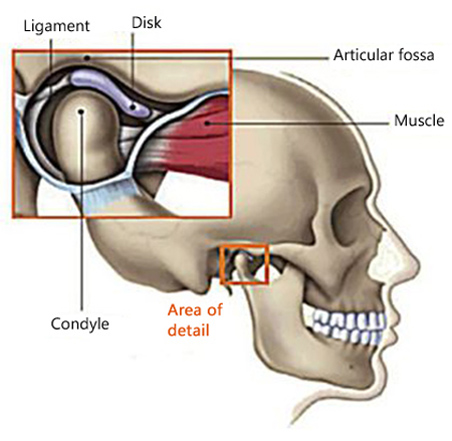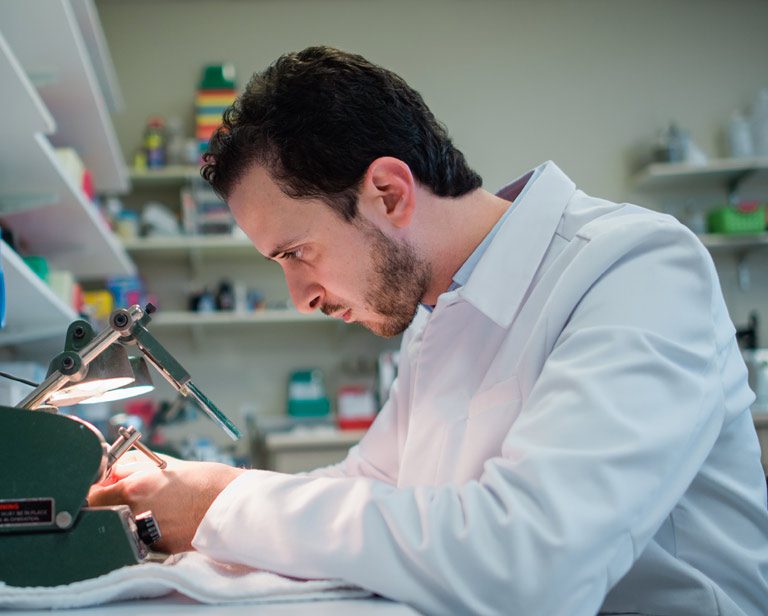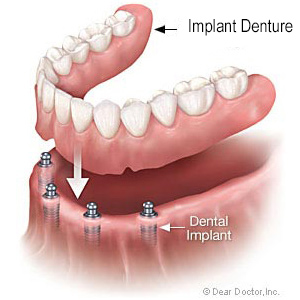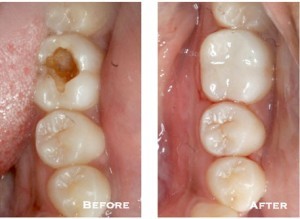What can I do to ease lockjaw at home? I’ve had problems with my bite after getting six new crowns on my front teeth in September. I’ve seen my dentist three times about it, and he has adjusted the crowns and said they look fine. I think I have lockjaw from tension in my jaw and the bite problem. I don’t want to see my dentist again because if he could have fixed the problem, wouldn’t he have done so by now? So, if you can refer me to a website that shows what jaw exercises I can do, I would appreciate it. Thank you. Demetrius from Glendale, AZ
Demetrius,
Thank you for contacting Dr. Tostado’s office. We understand the discomfort and inconvenience of a misaligned bite. Dr. Tostado would need to examine your teeth and crowns and check your bite to determine why your jaw is locking. We will explain what you can do at home for temporary relief and why you need dental care for a long-term resolution.
How Can You Ease Lockjaw at Home?

A prosthodontist can correct your bite and minimize temporomandibular joint (TMJ) discomfort
You can ease lockjaw at home with cold or warm compresses and get temporary relief. In a survey of people who experience TMJ symptoms, including jaw stiffness, 74 percent of respondents said that applying warm or cold compresses reduces their symptoms. How do you know whether to use cold or warm compresses? The TMJ Association provides the following guidelines for getting relief at home:
- Dull, steady aches – Apply moist heat to increase blood circulation and relax the jaw muscles.
- Sharp pains – Apply cold compresses to decrease inflammation, calm nerves, and numb pain.
Although conservative treatment is best, if your bite is off, your TMJ symptoms will not go away without intervention from a skilled dentist.
Why Can’t Your Dentist Adjust Your Bite?
If your dentist cannot adjust your bite, they may need more post-graduate training in occlusion and bite (how your upper and lower teeth meet) to identify and resolve the issue. Although your crowns may look fine, your bite can still be off. Placing crowns on front teeth requires a dentist to follow occlusal principles, including the following:
- All upper and lower teeth must meet simultaneously.
- When you slide your jaw forward with your front teeth touching, the front teeth should guide the molar teeth to separate.
- Canine teeth must prevent your back teeth from touching when you slide your jaw from side to side.
We recommend getting a second opinion from a dentist with post-graduate training in complex issues with your bite. A prosthodontist is a specialist who completed at least three years of training after dental school for tooth restoration and replacement. A prosthodontist has an in-depth understanding of occlusion and bite and can resolve the concerns with your dental crowns, including lockjaw. Schedule a consultation with a specialist in your area.
San Antonio prosthodontist Dr. Gilberto Tostado sponsors this post.




